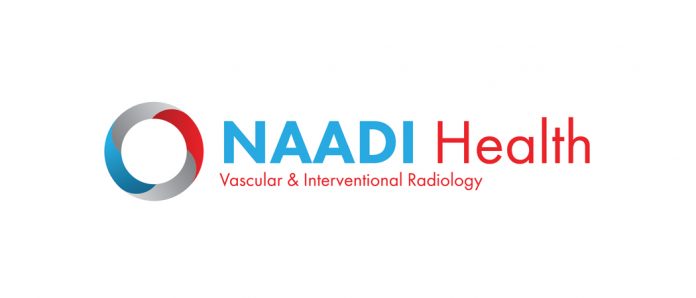Do you have cramping in your legs while walking or at rest? Is it difficult for you to walk long distances? Do you have restless, cold or pale legs or feet? Do you have hair loss in the lower legs, infections or wounds that take a long time to heal or fungal infections of the toenails? You may have peripheral artery disease (PAD).
Peripheral artery disease is the narrowing or hardening of the arteries that carry blood to your limbs. Arteries are the blood vessels that carry oxygen rich blood to all the tissues in the body. Arteries can develop plaque buildup on their walls as we all get older. The plaques are generally a combination of cholesterol, fat, scar tissue and blood clots. Calcium deposits may also develop. This plaque progressively blocks blood flow to the limbs. In the legs, this reduced blood flow can cause cramping and pain.
Men and women over the age of 50 are most prone to peripheral arterial disease. Incidence becomes increasingly common with each year of life – men are affected earlier, but women catch up quickly. People with diabetes, high blood pressure, smokers, people with high cholesterol, obesity, sedentary lifestyle and genetic predisposition are at increased risk for developing this disease.
Diagnosis is determined with careful history and physical exam of an individual. Simple screening methods can include blood pressure measurement of the wrist and ankle or an ultrasound exam. In some instances a CT, MRI or arteriogram exam may be required.
Symptoms or consequences of the disease include pain, cramping in the legs with exercise or movement. Burning pain, numbness, tingling in the feet, and wounds or infections that are slow to heal or do not heal may also be present. Pale, blue, or cold feet may also be a sign of PAD.. If peripheral artery disease is left untreated or treated too late, it can lead to amputation of the toes, feet or legs.
PAD is preventable!
* Smoking – never start, or if you still smoke – QUIT!
* Diabetes – it’s very important to work with your primary healthcare professional to control your diabetes with a combination of medication, healthy diet, lifestyle modification and weight loss.
* Cholesterol – manage with medication, healthy diet, and exercise
* Overweight – manage with diet modification, weight loss, regular exercise
This disease can be treated surgically or with a minimally invasive procedure through an IV placed into the artery of the wrist, arm, foot, or groin. Treatment can include angioplasty or atherectomy. Angioplasty is the use of special balloons of various sizes that are used to expand an artery to its normal size. The balloon is removed after treatment is complete. Atherectomy removes plaque from the artery wall similar to a “roto-rooter” removing buildup from pipes. This can be achieved with different devices which incorporate cutting blades or lasers. Another method of treatment includes placement of stents which are used in select situations to expand an artery to its normal size and hold it open with a “scaffold”. Stents are permanent implants.
This can be treated by select cardiologists, vascular surgeons and interventional radiologists. If you feel that you may be at risk for PAD, or have some of the symptoms, you should consult your primary healthcare professional to screen for it, and to discuss treatment options.
You are also welcome to call our Vascular Center to schedule a prompt and free consultation. You can contact us at 405-608-8884. We are a specialized center staffed with highly experienced professionals, including a Vascular/Interventional physician, dedicated to treating PAD on an outpatient basis using the latest proven technology to combat this epidemic.
Dr. C.V Ramana is a vascular and interventional radiologist with more than 20 years of practice experience. He has expertise in all areas of vascular and interventional radiology. Dr. Ramana has a Ph.D from Yale University and MD from CWRU in Cleveland, Ohio where he subsequently completed his fellowship in Vascular and Interventional Radiology at the Cleveland Clinic.














